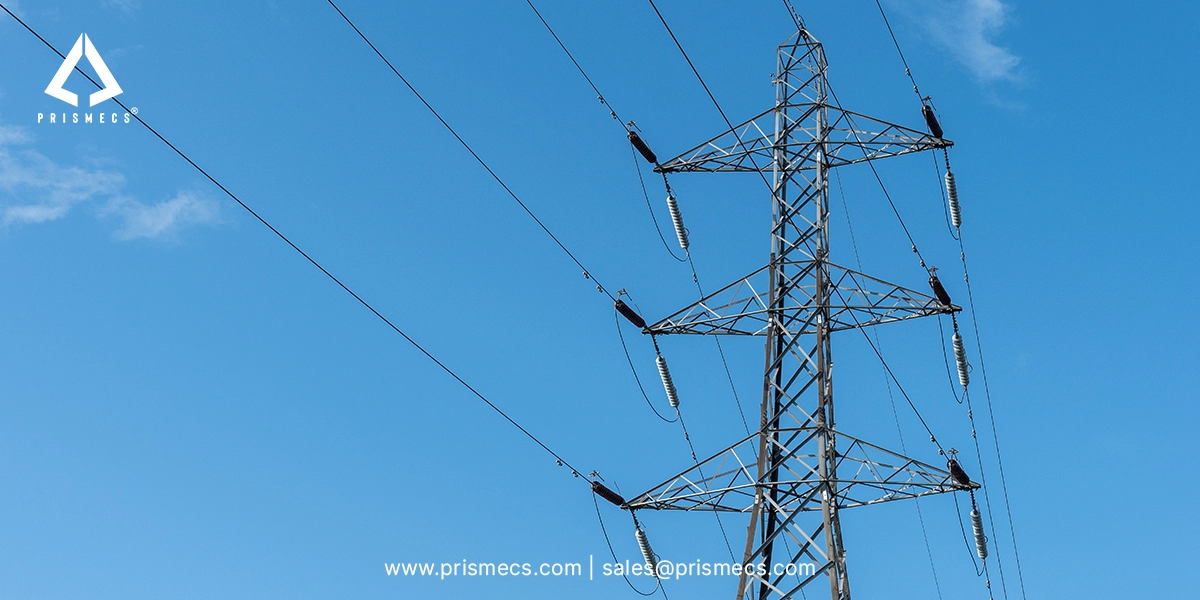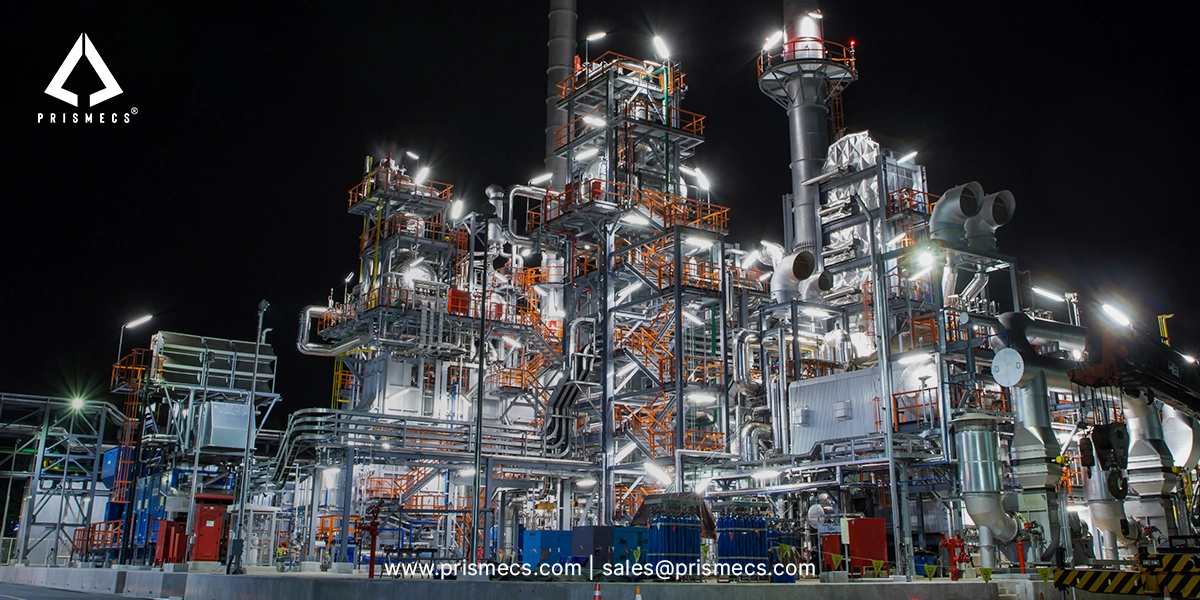
Understanding how a gas turbine operates requires examining its critical components. The casing and the turbine play a central role in performance and safety. They also manage steam flow through the turbine and support thermal regulation. Engineers must design casing turbines to handle high-pressure steam and actuation fluids. They must house assemblies that convert kinetic energy into mechanical power. These designs ensure the turbine withstands extreme operating conditions.
Why the Casing Turbine Is Vital to Turbine Performance
In any gas turbine system, the casing turbine handles the most stress. It faces high gas temperatures, exhaust steam, and tangential forces under extreme conditions. Designed to encase the turbine’s internal mechanisms, it ensures structural integrity while enabling optimal energy transfer.
One of the most common performance issues with turbine casing is fouling. Fouling can reduce airflow and pressure ratios. It can also reduce overall efficiency.
Key Gas Turbine Components and Their Role
Gas turbines consist of several critical components that work together to convert steam into energy. Key elements include the compressor, which increases air pressure, and the combustion chamber, which ignites fuel. The turbine section converts kinetic energy into rotational energy, causing the rotor blades and shaft to spin. Each component fits inside a durable casing turbine structure that withstands tangential forces and thermal stress. This structure supports continuous steam flow through the turbine.
Gas Turbine Compressor Casings
The gas turbine compressor is encased in a set of four horizontally split casings, namely:
- Inlet casing
- Compressor discharge casing (CDC)
- Exhaust frame assembly
- Diffuser casing
Each casing contains various lines and systems, including cooling and sealing lines, as well as surge control lines. You must safely disconnect all these lines before starting any disassembly. This setup is typical in steam turbine and gas turbine systems. These systems produce electricity in nuclear power plants. They also produce electricity in other industrial facilities.
Disassembly Procedure
Proper disassembly ensures the longevity of internal turbine components and prevents unnecessary strain on the turbine shaft. The process typically involves:
- Removing upper halves and manifolds (atomizing air, purge air, and gas fuel)
- Detaching front and rear casings (including or excluding the bell mouth)
- Carefully extracting the compressor discharge casing (CDC)
- Disengaging the bell-housing mouth before complete bell-mouth removal
These steps minimize turbulence entering the compressor, protecting the shaft and flow efficiency. Similar methods apply to the moving parts of wind turbines and steam turbines. These turbines rely on precision to maintain power output and operational stability.
Environmental Impact on Turbine Casing and Performance
Extreme environmental conditions can damage both the gas turbine inlet filter system and the turbine casing. Cold temperatures and high moisture content often cause this damage during turbine operations. Even brief exposure to adverse weather can lead to significant long-term damage, substantially increasing operational and maintenance costs.
To mitigate these adverse effects, implement air filtration and maintain the purity of fuel and water. Conduct regular inspections to prevent system issues and ensure optimal performance. These preventive measures support reliable power output and extend turbine service life. Turbine systems generate electrical energy across a wide range of industrial applications.
Exhaust System and Thermal Management
The exhaust plenum and stacks are crucial to thermal regulation. The exhaust plenum features a first wall with an attached annular flex seal. It maintains thermal contact and minimizes heat loss during turbine operation. This system ensures efficient exhaust gas flow from the turbine shaft. It reduces backpressure and thermal fatigue on the turbine casing. You can also find information on these systems in technical references, such as Wikipedia. Wikipedia often appears in turbine maintenance manuals as a helpful resource.
Structural Integrity and Thermal Expansion
The casing turbine design comprises multiple segments supported by radially projecting struts. Each strut forms part of the turbine's flow duct. Among these:
- Some struts are deformable to absorb thermal strain
- Others are rigid, ensuring consistent support under temperature variation
- This design enables the turbine to withstand thermal expansion without
Compromising its structural integrity. It also prevents any effect on the tangential force distribution within the casing. Various turbine types share these design principles, including those with blades optimized for high-efficiency power output.
The Role of Kinetic Energy in Casing Turbine Dynamics
Within the turbine, high-velocity gases, such as steam or natural gas, transfer kinetic energy to the rotor. The turbine rotor then converts this energy into mechanical motion. The casing must contain this transfer of energy and withstand high rotational speeds. It must also endure thermal loads, pressure, temperature, and high-pressure gradients. A failure in casing design or material can compromise the entire power systems setup. This makes precision engineering essential, especially in modern steam turbines and turbine-powered applications.
At the Bottom Line
The casing turbine is not just a protective shell—it’s the backbone of performance. It safely and effectively harnesses kinetic energy, tangential force, and high-pressure gas flows. It also helps regulate atmospheric pressure within the system. Robust engineering and expert maintenance help your turbine system deliver consistent performance. Your system can perform well in harsh jet engine environments or high-demand energy conversion to electrical power.
Prismecs - Your Trusted Source for Gas Turbine Casing and Components
At Prismecs, we specialize in delivering top-tier gas turbine parts. We include premium-quality casing turbine components. Engineers designed these components for optimal durability and performance. With decades of experience in power systems, modern steam turbines, and industrial applications, Prismecs provides:
- Custom solutions for turbine casings, compressors, and exhaust systems.
- Expert support for disassembly, maintenance, and installation.
- Access to high-performance materials built to endure pressure, temperature, and thermal stress.
Whether your project involves a standard setup or a highly specialized turbine, Prismecs supports you. The turbine may run on natural gas, steam, or operate in jet engine environments. Prismecs has the expertise and inventory to deliver precisely what you need. We understand how to manage both potential energy and energy into electrical systems effectively.
To avail of our services, call us at +1 (888) 774-7632 or email us at sales@prismecs.com. Explore our casing turbine components and services with ease.
Tags: Gas Turbine Gas Turbine Components Gas Turbine Components Mechanism Gas Turbine Compressor Casings
recent posts

Distributed Energy Services
9 minutes read
Smart Grid and Distributed Energy Resources
Discover how smart grids and distributed energy resources (DER) work together to create efficient, resilient, and sustainable energy systems for the f...

Petrochemicals
8 minutes read
Petrochemical Plant Operations Explained
Discover how petrochemical plant operations work, from raw material processing to product output. Learn key processes, safety, and technologies involv...
Press Release
1 minute read
CEO Prismecs, Junaid Ali Featured on Forbes: Addressing AI’s Energy Paradox and Powering the Future of Intelligence
Prismecs CEO Junaid Ali, featured in Forbes, shares insights on AI’s growing energy demand and innovative power solutions that drive a sustainable fut...

Data Centers
11 minutes read
Data Center Provider: How to Choose the Right One
Discover how to choose the right data center provider for your business. Compare features, performance, security, and services to make the best decisi...